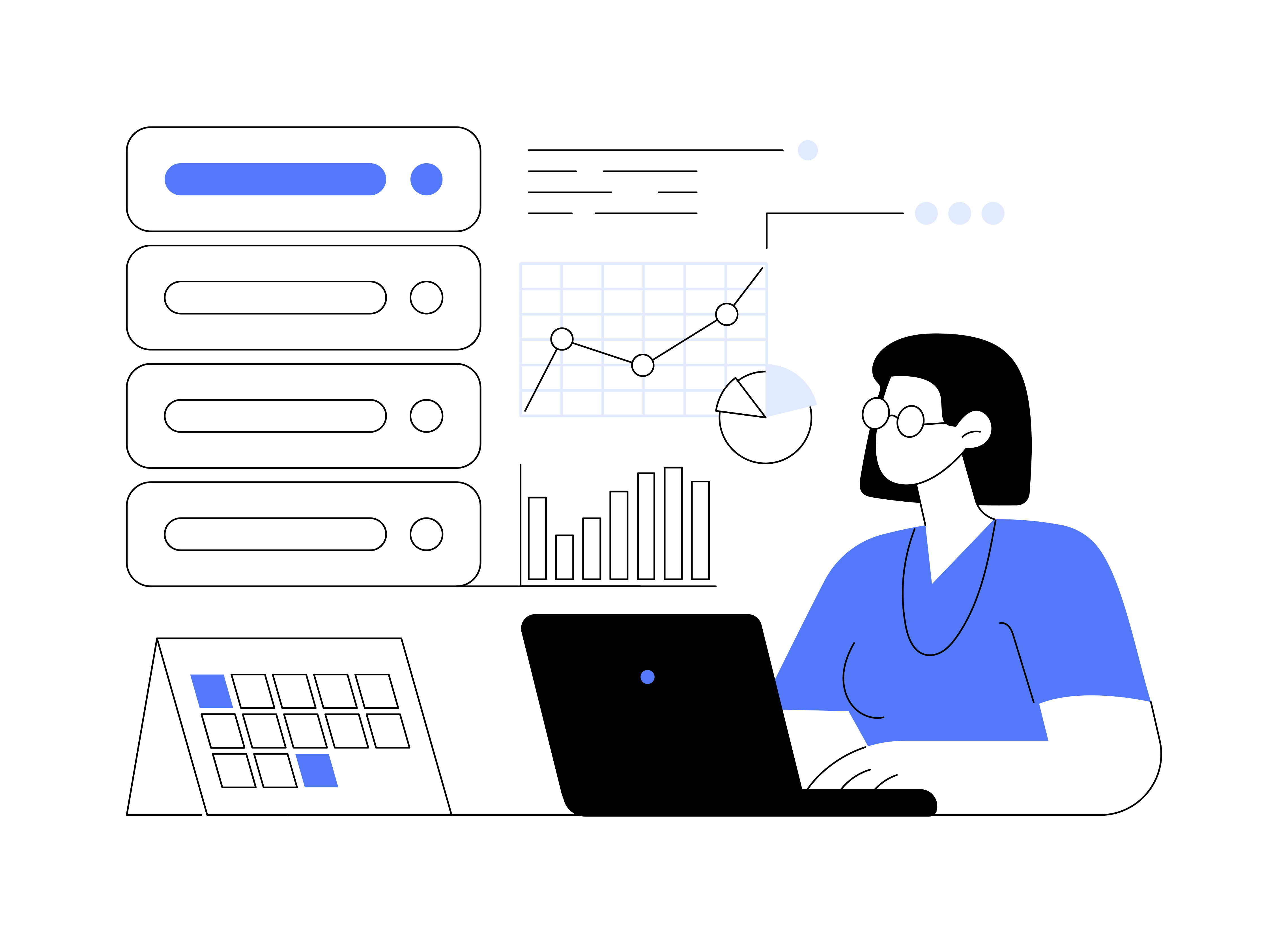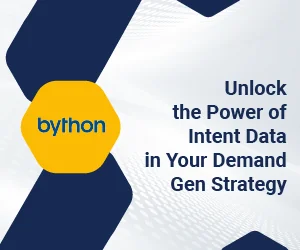Customer experience is no longer limited to only delivering exceptional service or managing contact center operations. Businesses are looking to harness data and cloud-based tools to provide a memorable CX across the entire customer experience journey map. A recent survey report found that a whopping 96% of companies are investing in data-driven CX technologies!
To optimize the returns on these initiatives, businesses require a platform that can reveal the true customer intent and mindset. This platform would facilitate the development of innovative CX personalization and client retention strategies. Any software for managing that enables this is known as customer experience management (CXM) solutions.
What is a Customer Experience Management (CXM) Platform?
A customer experience management platform or CXM platform (sometimes abbreviated as a CEM platform) is a solution that improves CX by capturing 360-degree customer data from multiple channels and offers insights that can enhance customer interactions at every touchpoint.
CXM platforms are comparable to customer data platforms or CDPs in that both manage customer information. CXM’s unique selling proposition, however, is that it can extract meaningful insights from the information and facilitates the creation of a 360-degree customer persona. In 2019, the global market for customer experience management software was valued at $7.5 billion and is projected to reach $23.8 billion by 2027.
Is Customer Experience Management Platform the same as CRM?
Due to their closeness in core functions, CXM is sometimes confused with CRM. But CXM is not just a reimagining of conventional CRM, despite certain obvious resemblances. It represents the next step in customer relationship management. Whereas CRM focuses mostly on refining an organization’s internal operations, CXM provides a much more customer-first approach in several ways. It accomplishes this via innovative technologies, procedures, strategies, and customer-centric designs.
CXM varies from typical CRM in its underlying technology, which provides additional advantages and possibilities for strengthening customer relationships. In contrast to CRMs, which collect data via manual or batch input, a genuine CXM will allow a real-time data flow to provide deeper insights into consumer behavior and preferences.
Also Download – Whitepaper (Customer Experience Management)
How Does a CXM Platform Work?
CXM is essentially a data collection technique. Using surveys and interaction analysis, it enables businesses to collect crucial data on customer sentiment, behaviors, and demands. The information is then processed using complex algorithms to provide actionable insights. In order to implement choices based on all these action points, the CXM platform is coupled with outgoing and inbound systems.
The platform enables this functionality through the following key capabilities:
1. Multichannel feedback collection mechanism
As previously stated, a CXM platform allows you to capture data at crucial points of interaction in order to develop a continuously updated 360-degree overview of the customer. However, unlike a basic research or survey instrument, it does not simply allow you to organize a poll or collect individual responses.
You may map each stage of the customer lifecycle based on their individual profiles and develop a feedback-gathering mechanism that integrates seamlessly with the CX. In addition to proactive consumer input, organizations can gain useful information from social media sentiment analysis, Google reviews, as well as other public resources.
2. Journey mapping and persona creation tools
A CXM platform facilitates mapping a customer’s journey predicated on their profile information. You can pinpoint the specific instances when the customer experience (CX) deteriorated and those where the CX was so positive that he/she/they opted to stay loyal to the business and the brand. Customer journey mapping using a CXM platform enables you to comprehend the “moments of truth” in CX, i.e., the instances at which a client is most likely to become susceptible to retention or churn.
3. Advanced data analysis models
A CXM platform’s data analytics, as well as AI capabilities, differentiate it from a CDP. Advanced data analytics enables collecting data from several touchpoints or channels and generating insights based on a comprehensive understanding of the customer. AI facilitates this procedure by converting unstructured data into a machine-readable format.
AI tools such as sentiment analysis or natural language processing, for instance, may gather internet evaluations about businesses and reveal the general sentiment of customers based on just a few crucial words and phrases. The CXM platform’s AI capabilities also enable automation, eliminating the need to initiate surveys or perform tasks manually.
4. Integration with other MarTech components
The CXM platform is compatible with a business’s current customer interaction tools. This comprises your CRM system, in order to maintain up-to-date customer profiles with multichannel data and feedback.
Additionally, the platform should integrate with contact centers so that agents can make decisions and manage conversations based on CXM insights. Some customer experience systems, such as Pisano, include these functionalities. It is a tool for customer relationship management, feedback gathering, customer data analytics, and contact center management.
Why is a Customer Experience Management (CXM) Platform Important?
CXM is a vital component of your martech stack because it can:
- Make feedback collection more engaging: Customers are more inclined to respond to surveys when addressed at an opportune moment. CXM software analyses the customer journey to determine these optimal interaction points.
- Listen to customers via inbound and outbound channels: The CXM must link with the customer service team for incoming interactions. Additionally, the CXM platform may synchronize with marketing tools, content delivery networks (CDN), as well as outbound sales systems to engage with new customers and prospects when they’re most likely to convert.
- Fill in the gaps in customer profiles: CXM software combines data from various sources, platforms, and stakeholders in order to conduct a cohesive analysis. In addition, these profiles are continually updated as new data becomes available.
- Help make better decisions: CXM enables data-driven decisions on client engagement. And, much of this decision-making is automated; for instance, if a customer answers negatively to a survey, an automatic escalation path can be configured.
- Personalize the customer experience: CXM data may help in the customization of the customer experience. The organization is aware of specific customer requirements and may even foresee their future expectations. This allows for more efficient customization to minimize customer churn.
What is the Future of Customer Experience Management?
Customers will assume that you already know what they want in the nearish term. Most consumers are asked to review their experience or offer survey feedback multiple times weekly. However, the usage of passive listening methods is increasing much more rapidly. Non-survey interactions (chat, online postings, contact center logs, etc.) are expanding at an unprecedented rate.
As companies become more adept at monitoring their customers across all channels (digital engagement, in-person conversations, calls, and chat at the contact centre), the goal of surveys will shift towards capturing real-time feedback at the most crucial touchpoints of the customer experience. That is the future of CXM platforms.
Getting Started with CXM
In the nearish term, customers will assume that you already know what they want. Multiple times every week, the majority of consumers are asked to review their experience or offer survey feedback. However, the usage of passive listening methods is increasing much more rapidly. Non-survey interactions (chat, social postings, contact center logs, etc.) are expanding at an unprecedented rate.
As companies become more adept at monitoring their customers across all platforms (digital engagement, in-person exchanges, calls, and chats at the contact centre), the aim of surveys will shift towards capturing real-time feedback at the most vital touchpoints of the customer experience journey.
That is the ultimate goal: build a connected customer experience across touchpoints, informed by data that’s complete and contextualized.







